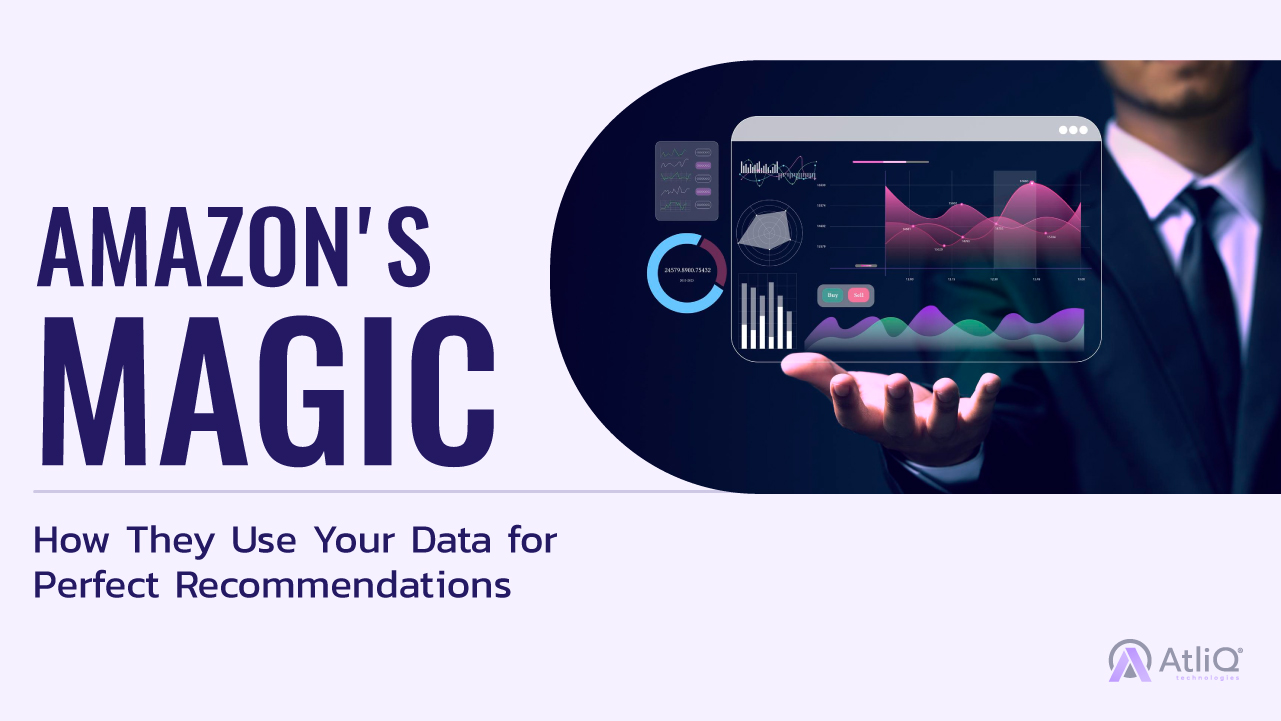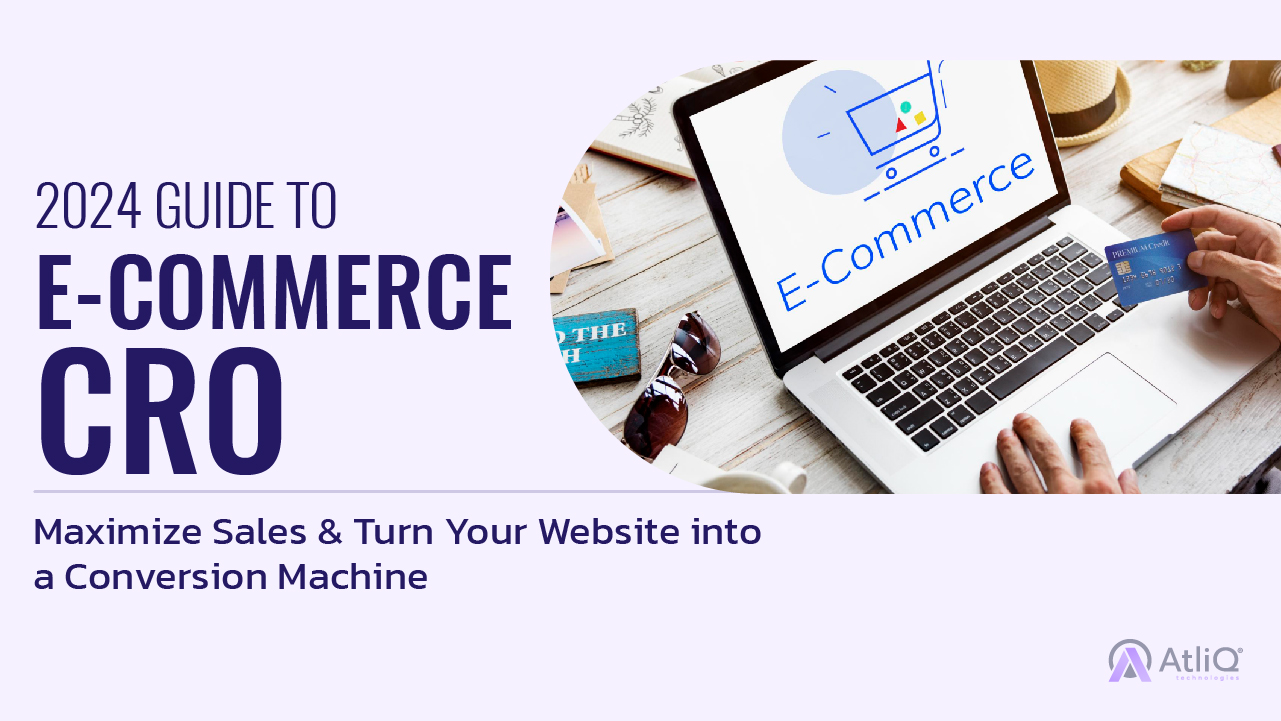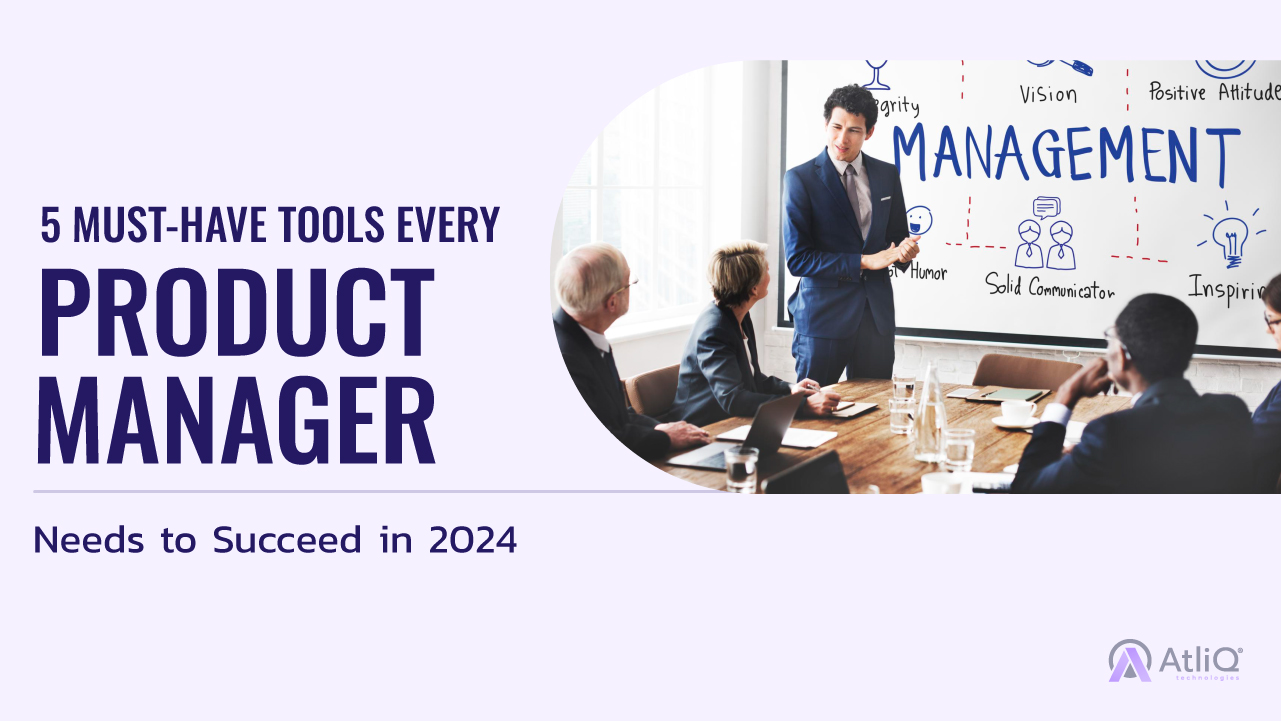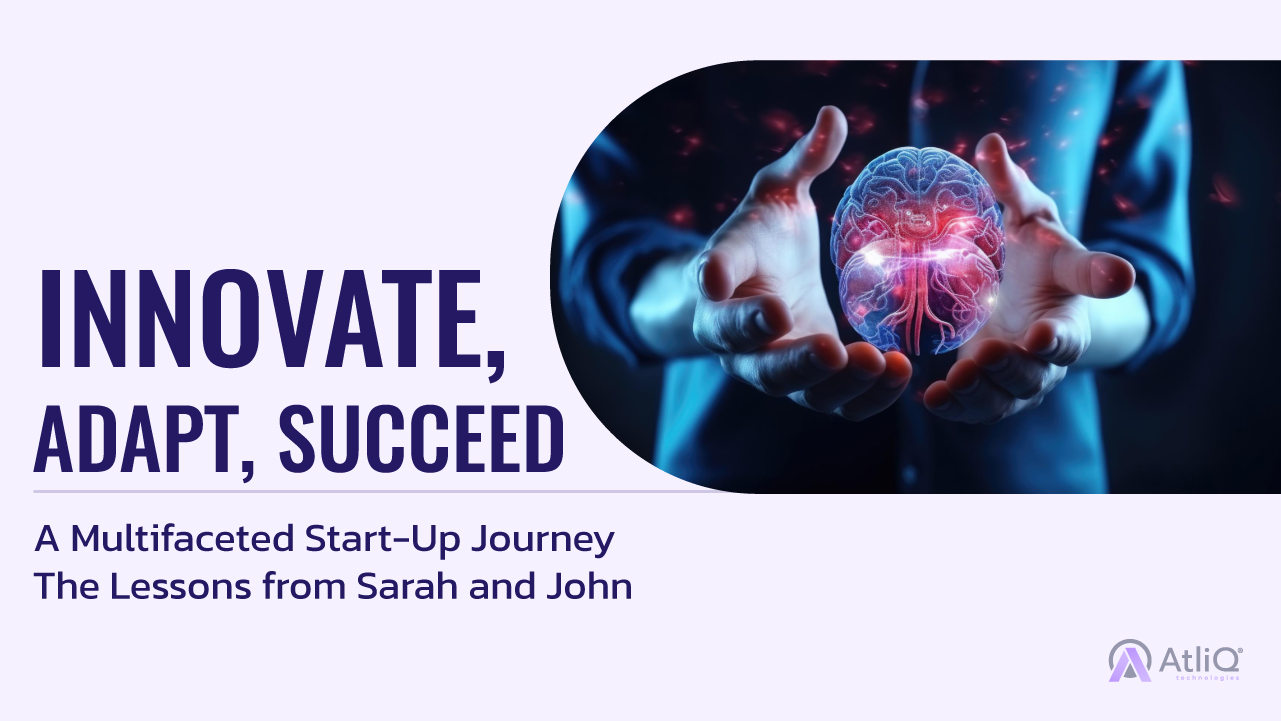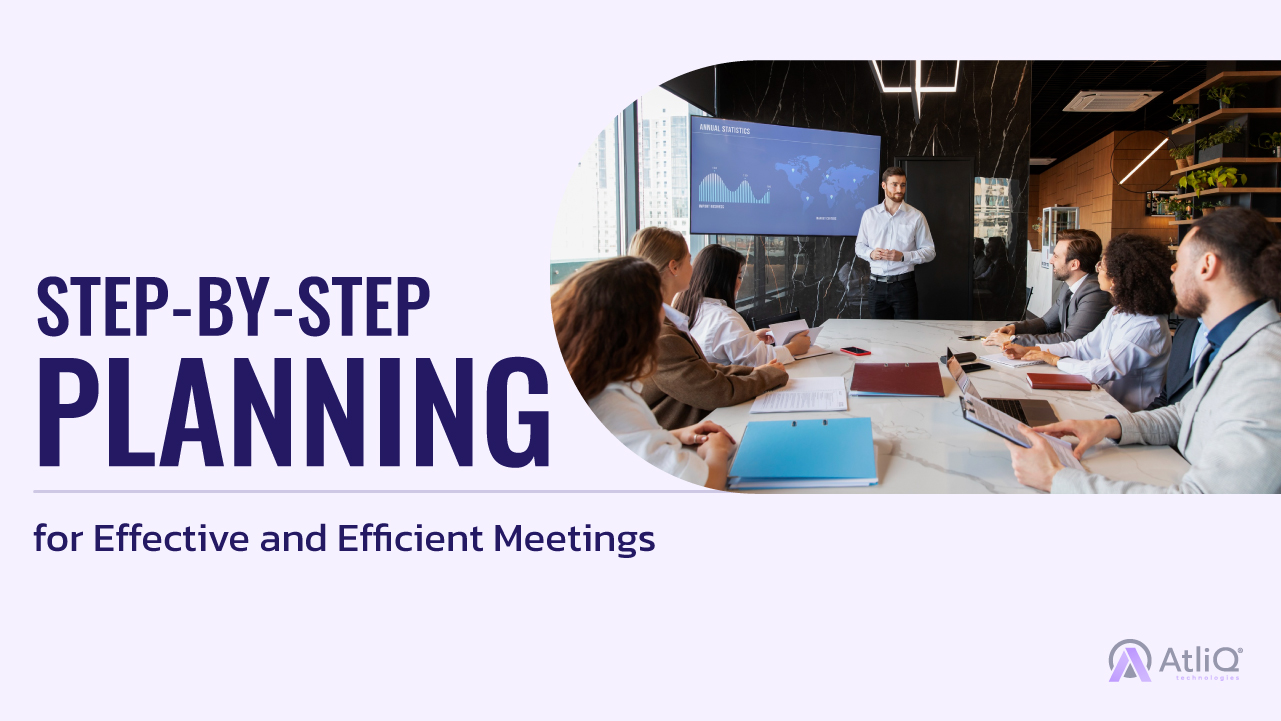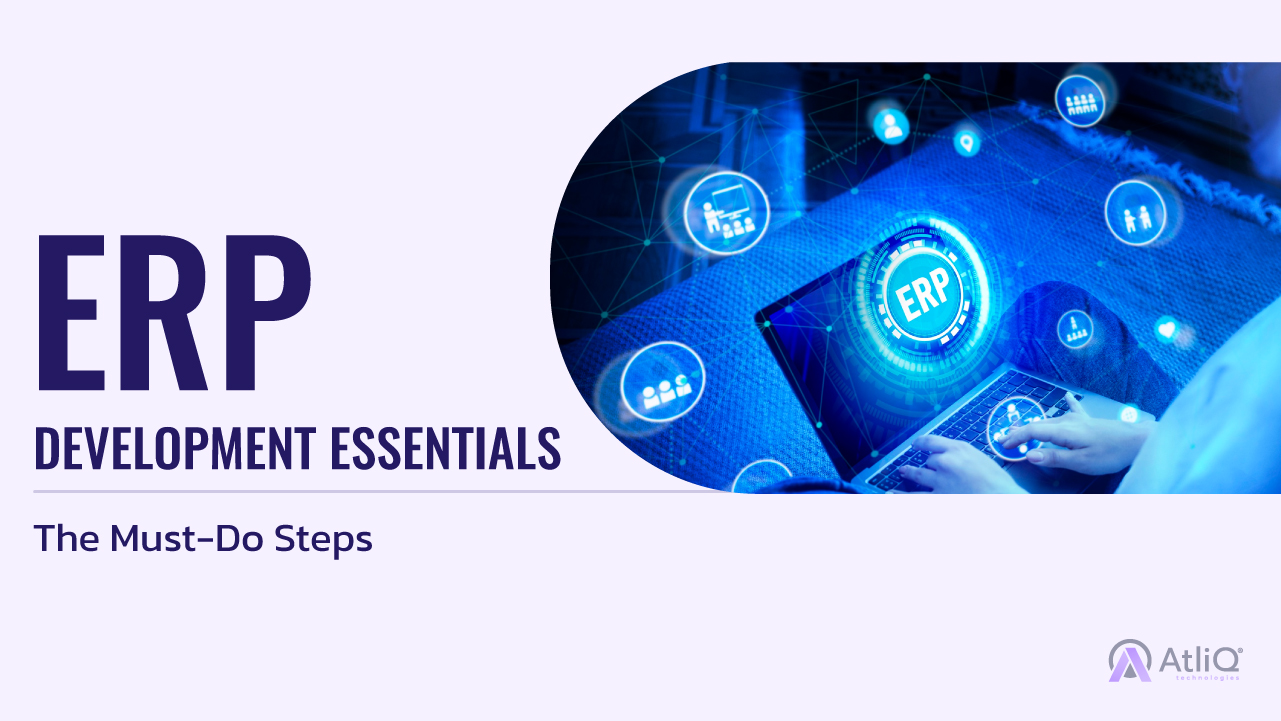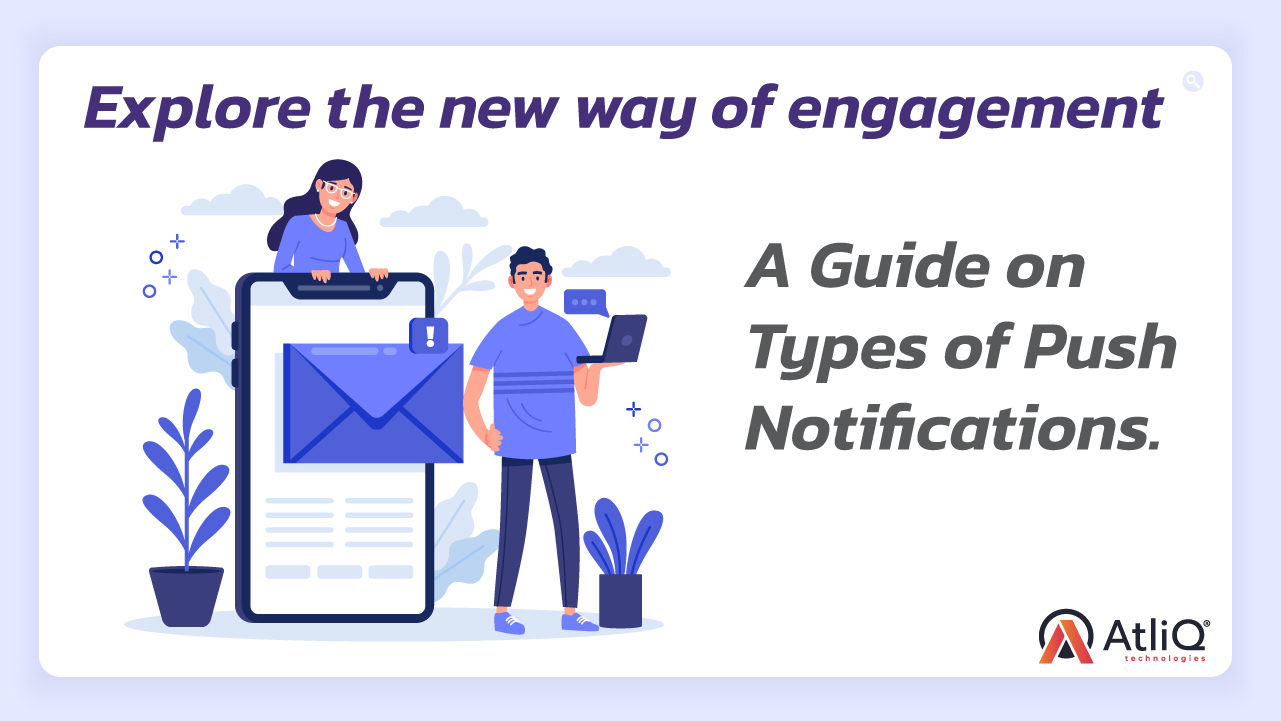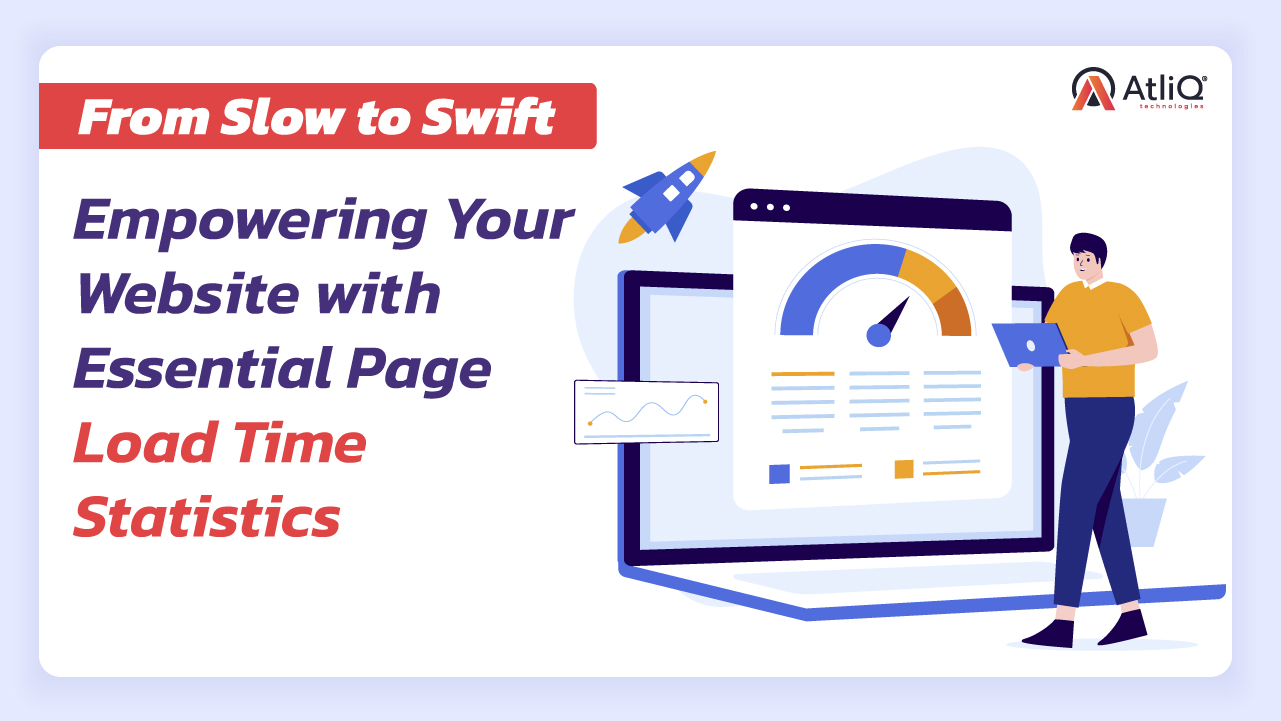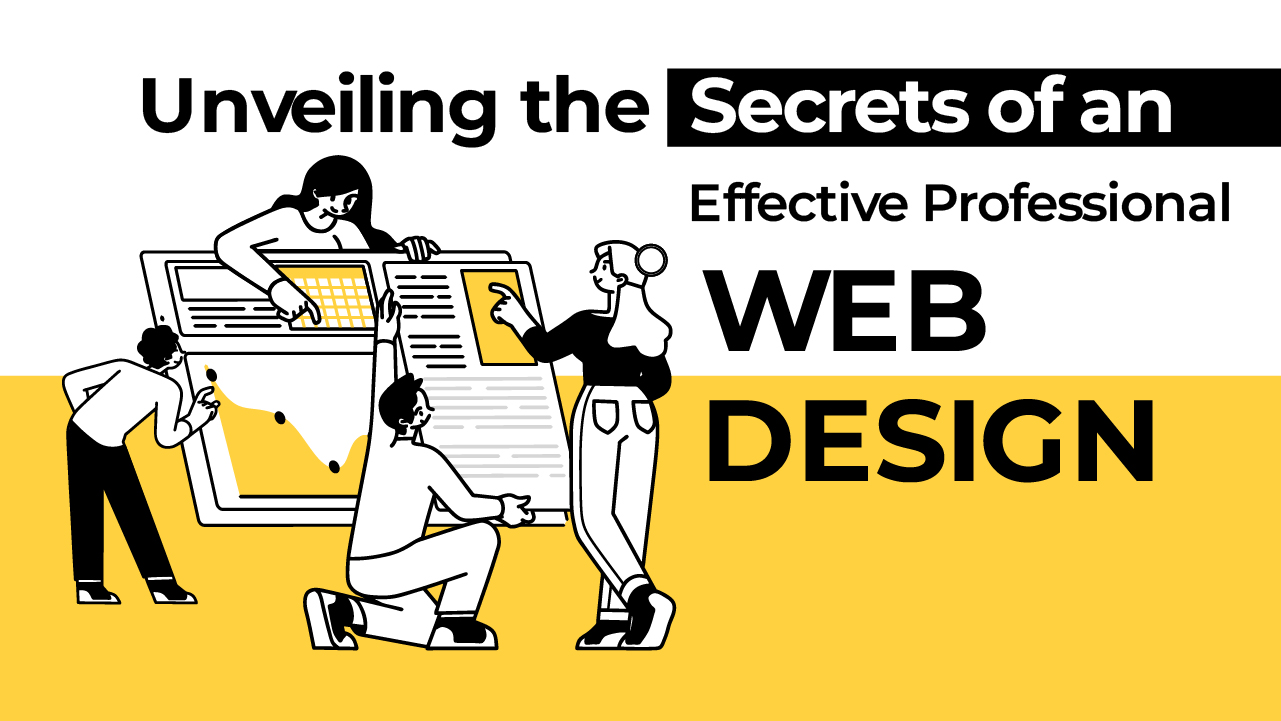5 Must-Know Tips for Building a Successful Dating Application
In a world where swipe-rights and matches have become a staple of modern romance, launching a dating app isn’t just about creating a platform; it’s about crafting a gateway to meaningful connections. With the dating app market exploding and competition intensifying, how can you ensure your app stands out and thrives in this crowded digital dating pool? To make sure everyone finds their perfect match and leaves with a smile, your app needs to be more than just functional—it needs to be extraordinary. Whether you’re a startup ready to make waves or an established player looking to refine your approach, these insights will set you on the path to digital dating success. Let’s dive in and transform your app from a concept into a must-have companion for love seekers everywhere! Understand Your Target Audience To ensure the success of your dating application, the first step is to have a deep understanding of who your users are and what they need. Here’s how you can effectively define your target audience and cater to their specific desires: Define Your Niche: The dating app landscape is diverse, with platforms catering to various interests and demographics. To stand out, you need to identify a specific niche that aligns with your vision. Ask yourself: What unique value does your app offer? Is it tailored for a particular age group, lifestyle, or relationship goal? Whether you’re focusing on professionals seeking serious relationships or individuals with niche hobbies, clearly defining your niche will help you attract a dedicated user base. Tailor your features and branding to resonate with this audience, ensuring your app addresses their unique needs and preferences. Conduct Market Research: Understanding your audience requires more than assumptions—it demands data-driven insights. Utilize surveys, focus groups, and data analysis to gather information about potential users. Surveys can provide quantitative data on preferences, behaviors, and pain points, while focus groups offer qualitative insights into user attitudes and motivations. Analyzing trends and competitor strategies can also reveal gaps in the market that your app can fill. By combining these research methods, you’ll build a comprehensive picture of your target audience’s needs and expectations, allowing you to design an app that truly meets their desires. Create User Personas: Once you’ve gathered your research, it’s time to translate that data into actionable insights by creating user personas. These detailed profiles represent your ideal users and help you visualize their goals, challenges, and preferences. For example, you might create a persona for a 30-year-old professional looking for meaningful relationships, or a college student interested in casual dating and social events. Include demographic details, lifestyle preferences, and specific needs in these personas to guide your app’s development. By keeping these personas in mind throughout the design and marketing processes, you’ll ensure your app remains user-centric and appealing to your target audience. By deeply understanding your target audience, you’ll lay a strong foundation for building a dating app that not only attracts users but also keeps them engaged and satisfied. This focus on user needs will set you apart in the competitive world of online dating and contribute to your app’s long-term success. Focus on User Experience (UX) A dating app’s success hinges not just on its concept, but on how seamlessly users can interact with it. A stellar user experience (UX) transforms a good app into a great one, ensuring that users feel comfortable, engaged, and satisfied. Here’s how to achieve that: Intuitive Interface Design: The cornerstone of a successful dating app is an intuitive interface that makes navigation effortless. Your app should offer a clean, user-friendly design with clear visual cues and minimal clutter. Key functionalities like profile browsing, messaging, and searching for matches should be easily accessible. Use familiar icons and logical flow to guide users through the app, reducing confusion and frustration. Accessibility is also crucial—ensure that your app accommodates various devices and screen sizes and offers features like adjustable text sizes and voice commands to support all users. Smooth Onboarding Process: First impressions matter, and the onboarding process is a crucial one. Simplify account creation and profile setup to avoid overwhelming new users. Offer options for quick sign-ups via social media or email, and streamline the profile setup with easy-to-answer questions or prompts. Avoid lengthy forms and make the process as engaging as possible. Consider adding a progress indicator to keep users informed about the steps left to complete. A smooth onboarding experience helps users get started quickly and encourages them to explore your app further, increasing the likelihood of retention. Engaging Features: To keep users coming back, your app needs to offer more than just basic functionalities. Incorporate interactive and engaging features that enhance the user experience. Gamification elements, such as quizzes or challenges, can make the app more fun and engaging, while unique matching algorithms can help users find better matches based on their preferences and behaviors. Consider integrating features like virtual gifts, in-app events, or interactive profiles that allow users to showcase their interests creatively. By adding these engaging elements, you’ll not only enhance user satisfaction but also increase user interaction and retention. Focusing on user experience means creating an app that is not only functional but also enjoyable to use. By prioritizing intuitive design, smooth onboarding, and engaging features, you’ll ensure that your dating app stands out in a competitive market and fosters long-term user loyalty. Implement Strong Safety Measures In the world of online dating, safety and trust are paramount. Users want to feel secure while interacting with others on your platform, and implementing strong safety measures is essential to building that trust. Here’s how to create a safe environment that will set your app apart and encourage user confidence: Profile Verification: One of the biggest concerns for dating app users is the authenticity of the profiles they encounter. Implementing robust profile verification methods is key to ensuring that users are who they say they are. Use photo verification where users must upload a selfie that matches the pictures on their profile, or consider other verification methods such as linking to social media accounts or providing government ID verification. These steps not only deter fake profiles but also foster a community of genuine users, making your app a safer space for meaningful connections. Privacy Protection: Privacy is another critical aspect of user safety. Secure your users’ data with strong encryption protocols and ensure that their personal information is protected. Clearly outline your privacy policies so users understand how their data will be used and stored. Additionally, provide options for users to control what information they share and with whom. Offering features like private browsing, anonymous mode, or limited profile visibility can give users more control over their online presence, enhancing their sense of security. Reporting and Blocking Tools: Even with stringent verification and privacy measures, issues can still arise. Equip your users with tools to report inappropriate behavior or block unwanted contacts easily. Ensure that these tools are prominently accessible within the app, and establish a clear and responsive support system to handle reports swiftly and effectively. Educate your users on how to use these features and encourage them to report any suspicious activity. By empowering users to take control of their experience, you create a safer and more respectful community on your platform. By implementing strong safety measures like profile verification, privacy protection, and reporting tools, you’ll not only safeguard your users but also build a reputation as a trustworthy and responsible dating app. This commitment to safety will enhance user confidence, promote positive interactions, and contribute to the overall success of your app. Develop a Marketing Strategy Building a great dating app is only half the battle; getting it noticed by potential users is the other half. A well-crafted marketing strategy is essential to boost your app’s visibility, attract users, and drive downloads. Here’s how you can effectively market your dating app: App Store Optimization (ASO): ASO is crucial for increasing your app’s visibility and ranking on app stores like Google Play and the Apple App Store. Start by choosing a compelling app name and keyword-rich description that clearly convey your app’s unique selling points. Use relevant keywords in your app title, description, and metadata to help users find your app when they search for related terms. Additionally, invest in high-quality app icons and screenshots that visually communicate your app’s features and benefits. Positive reviews and ratings also play a significant role in ASO, so encourage satisfied users to leave feedback. Social Media Promotion: Social media platforms like Instagram, Facebook, and TikTok are powerful tools for reaching your target audience and creating buzz around your app. Develop engaging content that resonates with your audience, such as behind-the-scenes videos, user testimonials, and relatable memes or quotes about dating. Use targeted ads to reach specific demographics, interests, and locations, ensuring your message reaches those most likely to download and use your app. Don’t forget to interact with your followers by responding to comments, running contests, or sharing user-generated content to build a community around your brand. Partnerships and Influencer Collaborations: Partnering with influencers and brands can significantly expand your app’s reach. Identify influencers within the dating, lifestyle, or relationship niches who align with your brand values and target audience. Collaborate with them to create authentic content, such as sponsored posts, reviews, or live Q&A sessions, where they share their experience with your app. Additionally, consider partnering with complementary brands for co-promotions or cross-marketing opportunities. For example, a collaboration with a dating advice blog or a lifestyle brand could help you tap into their established audience and drive more downloads. By developing a comprehensive marketing strategy that includes ASO, social media promotion, and strategic partnerships, you’ll ensure your dating app not only stands out in a crowded market but also attracts and retains a loyal user base. This multi-faceted approach will help you reach the right audience, drive engagement, and ultimately achieve success. Continuously Improve Based on Feedback The success of a dating app isn’t just about launching it—it’s about evolving it. Continuously improving your app based on user feedback ensures that it remains relevant, user-friendly, and competitive. Here’s how you can leverage feedback to enhance your app: User Reviews and Ratings: User reviews and ratings are a goldmine of insights into how your app is performing in the real world. Regularly monitor feedback on app stores and other platforms to identify common praises, complaints, and suggestions. Positive reviews can highlight what’s working well, while negative reviews can pinpoint specific areas that need improvement. Consider setting up automated alerts for new reviews so you can respond quickly, showing users that you value their input. Analyzing this feedback will help you prioritize updates and enhancements that align with user expectations. Regular Updates: Keeping your app fresh with regular updates is essential for maintaining user interest and trust. Release updates that address bug fixes, enhance security, and introduce new features based on user feedback. Whether it’s improving the matching algorithm, adding new messaging options, or enhancing profile customization, these updates show users that you’re committed to providing a better experience. Regular updates also give you the opportunity to iterate on existing features, refining them to better meet user needs and keep your app ahead of the competition. A/B Testing: A/B testing is a powerful tool to experiment with different features, designs, and functionalities to determine what resonates best with your users. Test variations of user interfaces, onboarding processes, or engagement features to see which version performs better. For example, you could test two different match suggestions layouts to see which one users prefer. Collect data from these tests to make informed decisions about which changes to implement permanently. This iterative approach allows you to fine-tune your app based on real user behavior, ensuring that every update moves you closer to the optimal user experience. By continuously improving your app based on feedback through user reviews, regular updates, and A/B testing, you’ll ensure that it remains dynamic, user-centric, and successful in the long run. This commitment to evolution not only keeps your existing users satisfied but also attracts new users, driving sustained growth and success for your dating app. Building a successful dating app requires a strategic approach that prioritizes understanding your audience, delivering a seamless user experience, ensuring robust safety measures, crafting an effective marketing strategy, and continuously evolving based on feedback. By implementing these five key strategies, you’ll not only create an app that stands out in the crowded dating market but also foster meaningful connections and long-term user satisfaction. Ready to turn your dating app into a success story?






